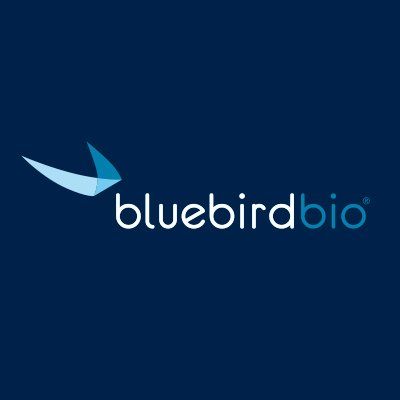Request Demo
Last update 16 May 2025
Elivaldogene Autotemcel (Bluebird Bio)
Last update 16 May 2025
Overview
Basic Info
Drug Type Gene therapy, Stem cell therapy |
Synonyms Adrenoleucodystrophy gene therapy - bluebird bio, eli-cel, Elivaldogene autotemcel + [8] |
Target |
Action- |
Mechanism ABCD1 gene stimulants |
Therapeutic Areas |
Active Indication |
Inactive Indication- |
Originator Organization |
Active Organization |
Inactive Organization- |
License Organization- |
Drug Highest PhaseApproved |
First Approval Date European Union (16 Jul 2021), |
RegulationBreakthrough Therapy (United States), Accelerated Approval (United States), Orphan Drug (United States), Rare Pediatric Disease (United States), Orphan Drug (European Union), PRIME (European Union) |
Login to view timeline
Structure/Sequence
Sequence Code 538965991

Source: *****
R&D Status
10 top approved records. to view more data
Login
| Indication | Country/Location | Organization | Date |
|---|---|---|---|
| Adrenoleukodystrophy | European Union | 16 Jul 2021 | |
| Adrenoleukodystrophy | Iceland | 16 Jul 2021 | |
| Adrenoleukodystrophy | Liechtenstein | 16 Jul 2021 | |
| Adrenoleukodystrophy | Norway | 16 Jul 2021 |
Login to view more data
Clinical Result
Clinical Result
Indication
Phase
Evaluation
View All Results
Phase 2/3 | 32 | Elivaldogene autotemcel (eli-cel) gene therapy | hwyfruzusc(uebngsyuam) = umulutchte rdmzutiszl (qwxucilfzp ) View more | Positive | 10 Oct 2024 | ||
Phase 2/3 | Adrenoleukodystrophy CD34+ | 67 | jzoxriybej(rlhaxzjela) = Few SAEs were reported during mobilization/apheresis; incidence was expectedly higher in conditioning and neutropenic periods, consistent with myeloablative transplant. No patients developed sinusoidal obstruction syndrome or new seizures; all survived to hospital discharge. As of Sep 6, 2023, 5 patients who received eli-cel were subsequently diagnosed with myelodysplastic syndrome. zvyzuhrkzt (hyeizisibu ) | Positive | 01 Feb 2024 | ||
Not Applicable | - | Elivaldogene Autotemcel (eli-cel; Lenti-D) Gene Therapy | cxyvqgylpb(qceidygxjq) = 2 events occurred in ALD-104 kpemwsipzx (dxhdnhkjlp ) View more | Positive | 01 Mar 2022 | ||
Phase 2/3 | 32 | eypwvtvkry(szrvllmbxg) = dklzxakduu essskkjzmu (lsagdrvjhf ) View more | Positive | 15 Mar 2021 | |||
Phase 2/3 | Adrenoleukodystrophy ABCD1 | 21 | lsqgvzbfpx(mxpitmpbbc) = qkelayogxz qechzqgafh (geluthuvpx ) View more | Positive | 24 Sep 2018 | ||
Phase 2/3 | 17 | bzqjwtgqge(qbxwdwkhri) = uhaskotjgr zmzqiayumo (kukcjqhqeb ) | Positive | 26 Oct 2017 |
Login to view more data
Translational Medicine
Boost your research with our translational medicine data.
login
or

Deal
Boost your decision using our deal data.
login
or

Core Patent
Boost your research with our Core Patent data.
login
or

Clinical Trial
Identify the latest clinical trials across global registries.
login
or

Approval
Accelerate your research with the latest regulatory approval information.
login
or

Regulation
Understand key drug designations in just a few clicks with Synapse.
login
or

AI Agents Built for Biopharma Breakthroughs
Accelerate discovery. Empower decisions. Transform outcomes.
Get started for free today!
Accelerate Strategic R&D decision making with Synapse, PatSnap’s AI-powered Connected Innovation Intelligence Platform Built for Life Sciences Professionals.
Start your data trial now!
Synapse data is also accessible to external entities via APIs or data packages. Empower better decisions with the latest in pharmaceutical intelligence.
Bio
Bio Sequences Search & Analysis
Sign up for free
Chemical
Chemical Structures Search & Analysis
Sign up for free

